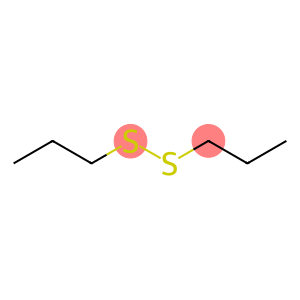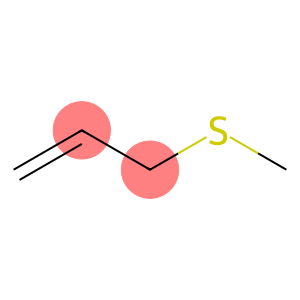Dipropyl disulfide(CAS#629-19-6)
| Hazard Symbols | Xi – Irritant |
| Risk Codes | 36/37/38 – Irritating to eyes, respiratory system and skin. |
| Safety Description | S23 – Do not breathe vapour. S24/25 – Avoid contact with skin and eyes. S37/39 – Wear suitable gloves and eye/face protection S26 – In case of contact with eyes, rinse immediately with plenty of water and seek medical advice. |
| UN IDs | 2810 |
| WGK Germany | 3 |
| RTECS | JO1955000 |
| FLUKA BRAND F CODES | 13 |
| TSCA | Yes |
| HS Code | 29309070 |
| Hazard Class | 6.1(b) |
| Packing Group | III |
Introduction
Dipropyl disulfide. The following is an introduction to its nature, use, manufacturing methods and safety information:
Quality:
1. Appearance: Dipropyl disulfide is a colorless to light yellow crystalline or powdery solid.
2. Solubility: almost insoluble in water, soluble in organic solvents such as alcohols, ethers and ketones.
Use:
1. Rubber accelerator: Dipropyl disulfide is mainly used as an accelerator for rubber, which can increase the vulcanization rate of rubber and improve the strength and anti-aging performance of rubber vulcanization.
2. Rubber antifungal agent: Dipropyl disulfide has good anti-mildew performance, and is often added to rubber products to prevent the occurrence of mold and spoilage.
Method:
Dipropyl disulfide is generally prepared by the hydrolysis reaction of dipropyl ammonium disulfide. First, dipropyl ammonium disulfide is reacted with an alkaline solution (such as sodium hydroxide) to obtain dipropyl disulfide, which is crystallized and precipitated under acidic conditions, and then the final product is obtained by filtration and drying.
Safety Information:
1. Dipropyl disulfide is mildly irritating and should be avoided from direct contact between skin and eyes.
2. When processing and using dipropyl disulfide, care should be taken to take protective measures, such as wearing chemical protective gloves and goggles, and ensure good ventilation.
3. When storing, avoid contact with oxidants and strong acids to avoid dangerous reactions.
4. During use, the relevant safety operation specifications should be observed to ensure safe use.








